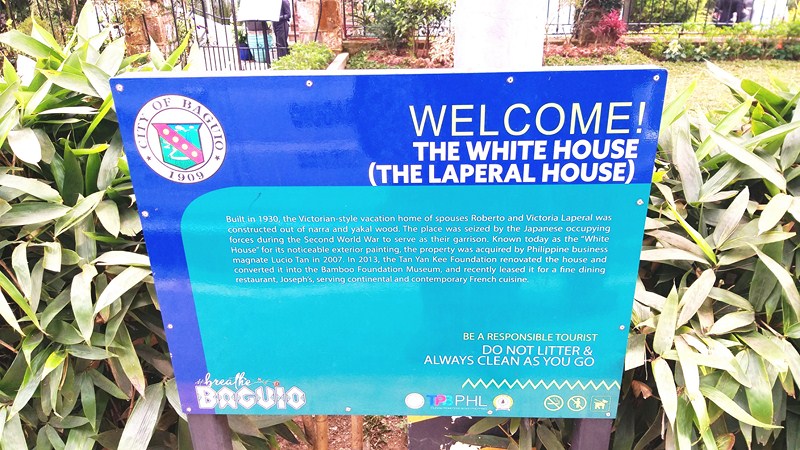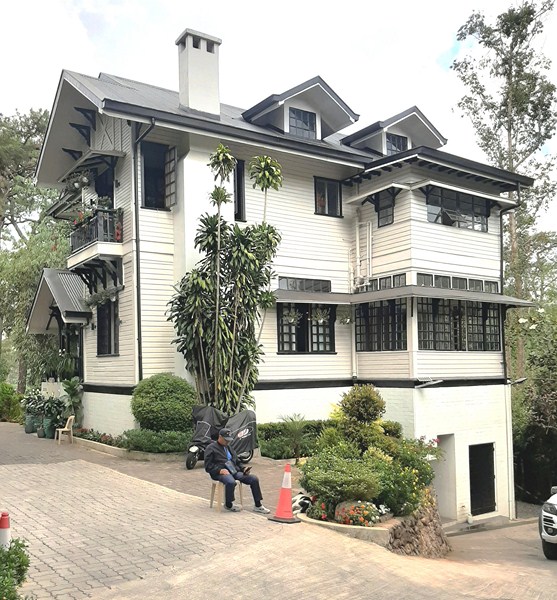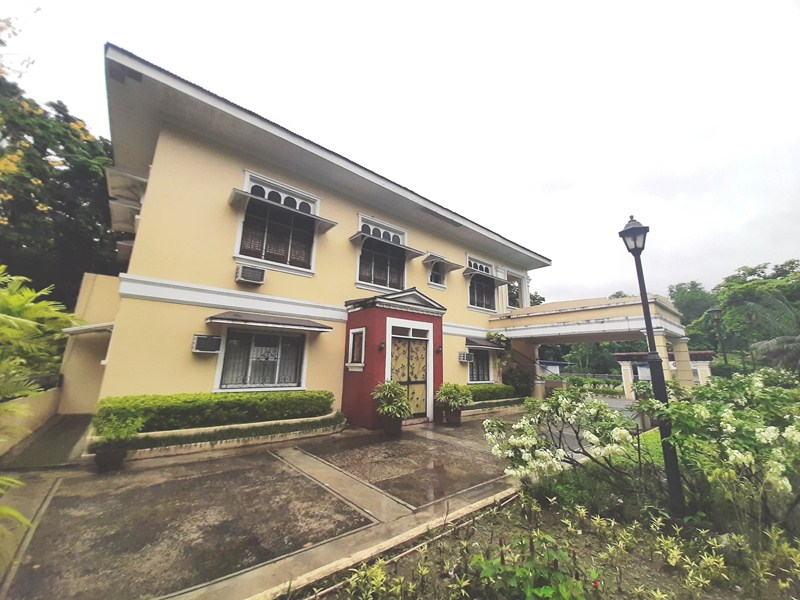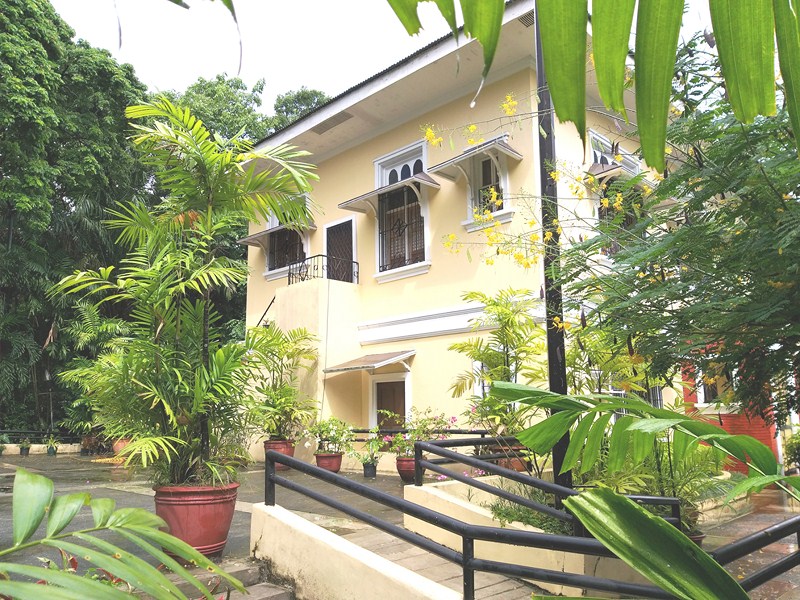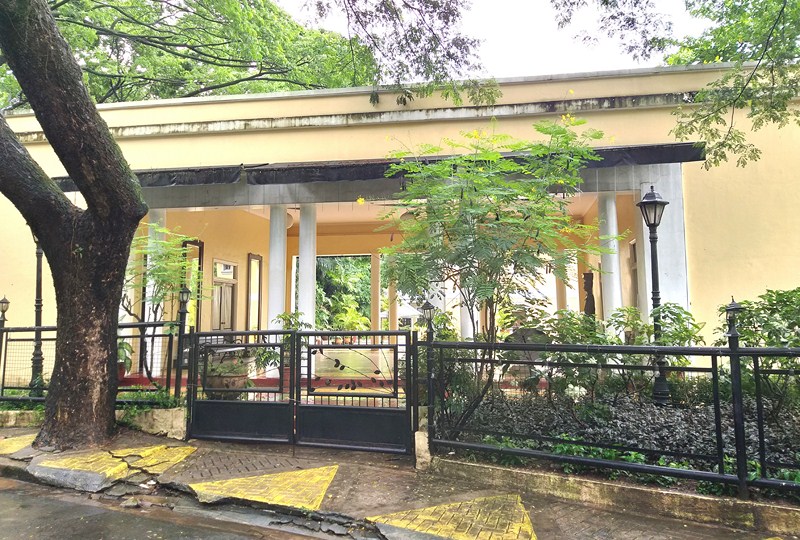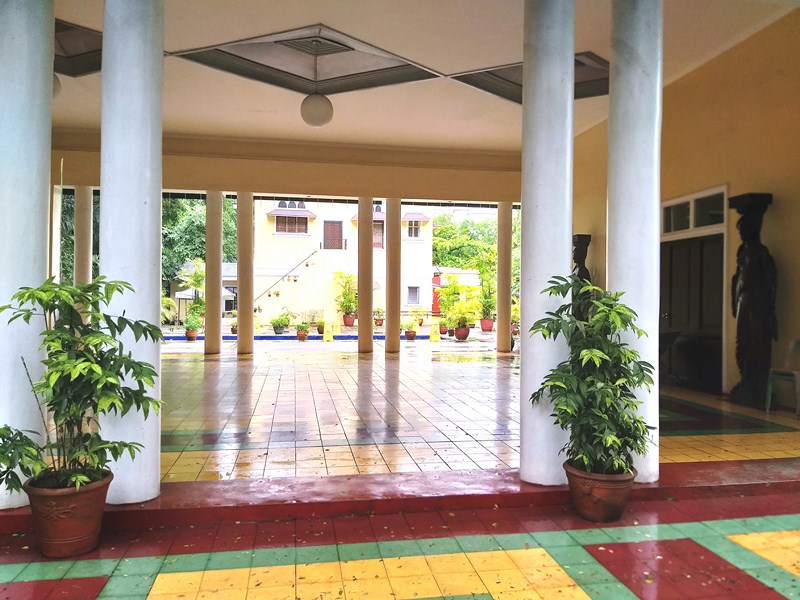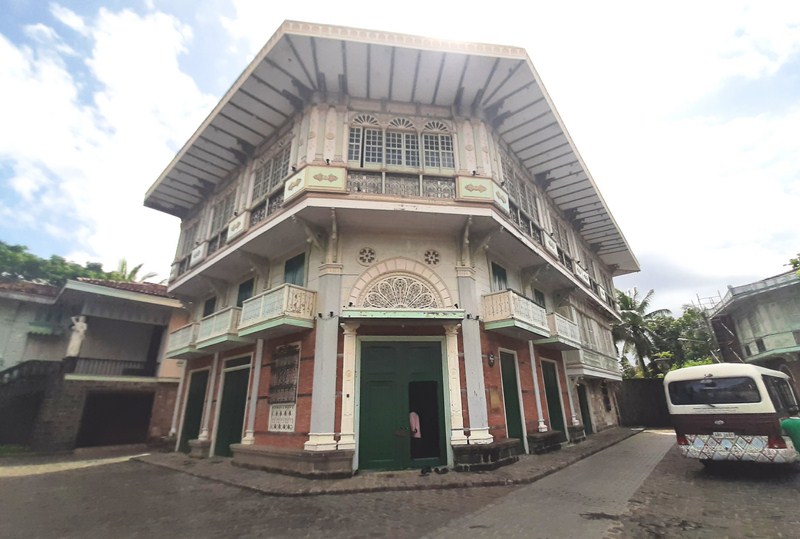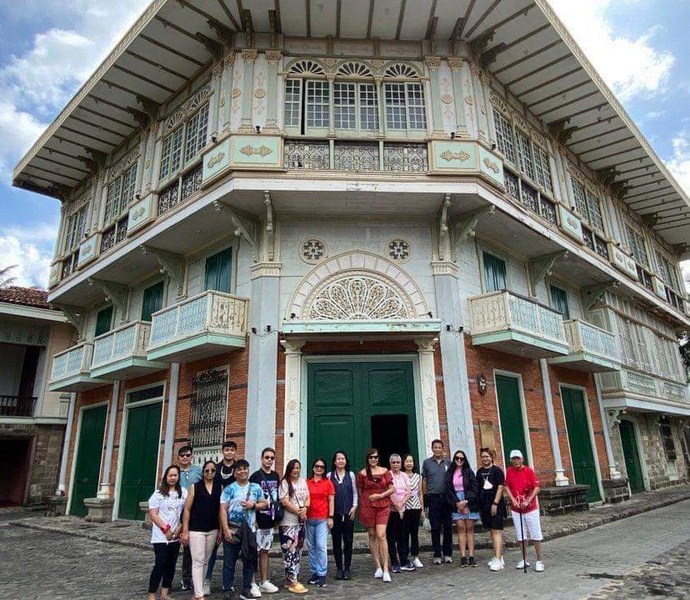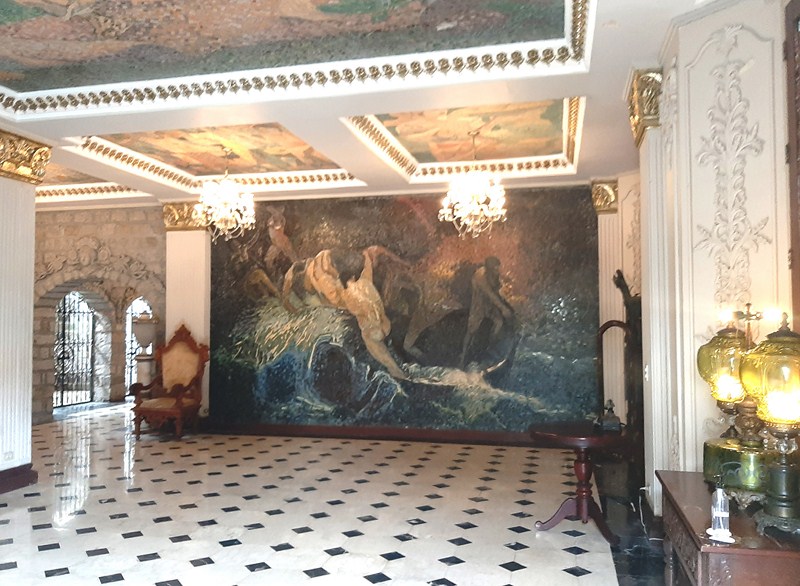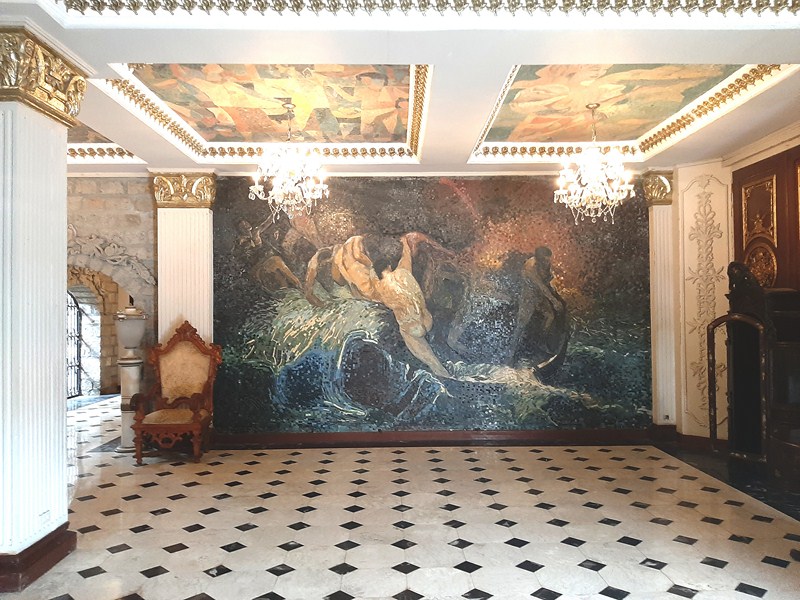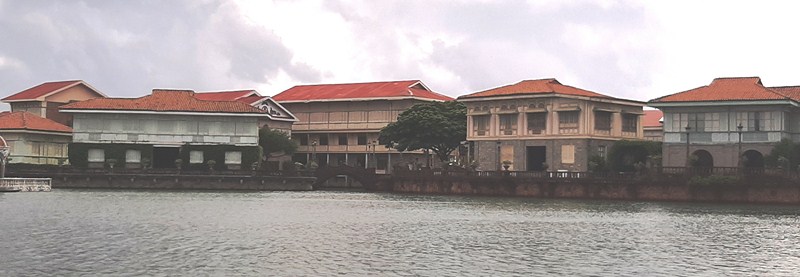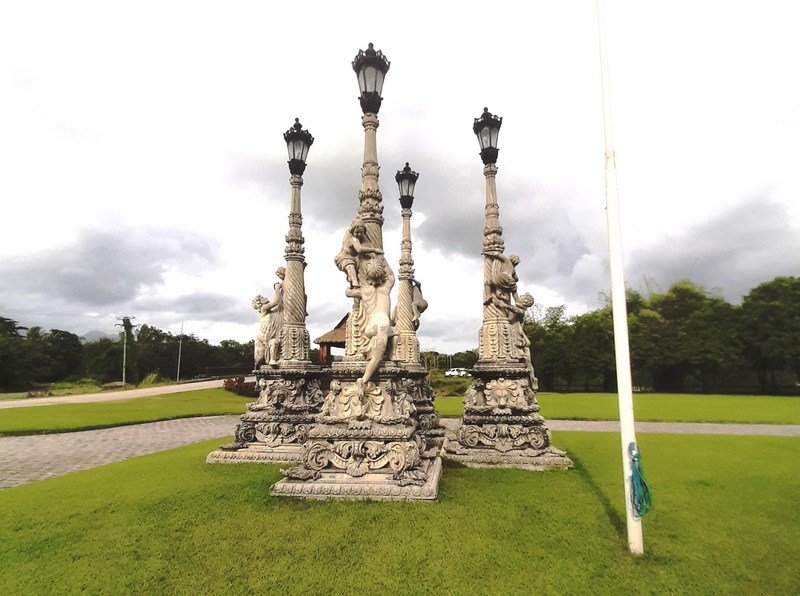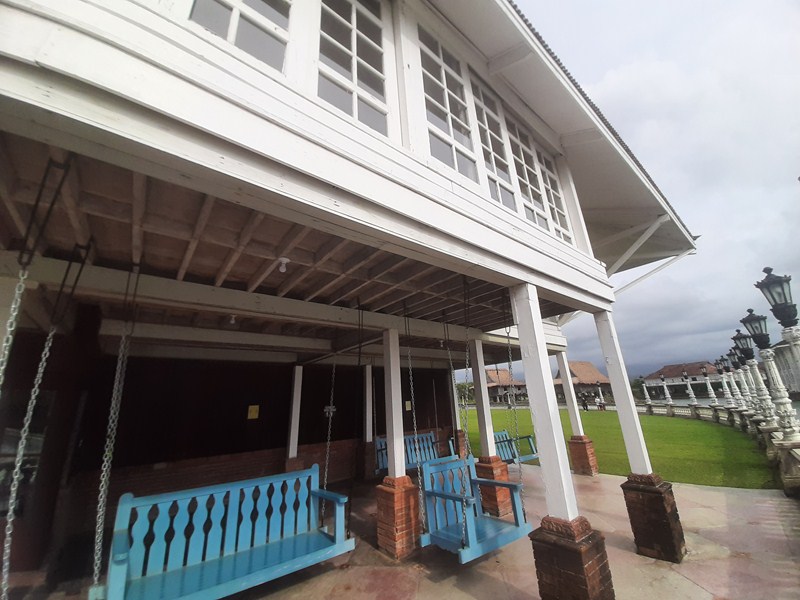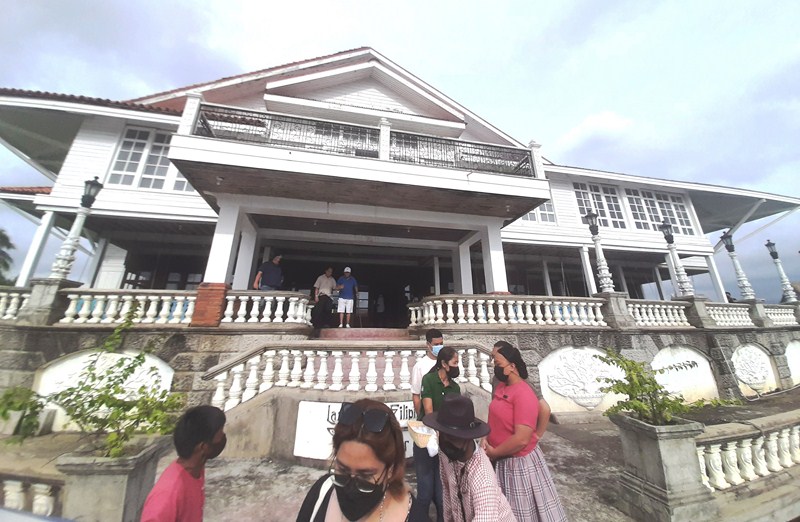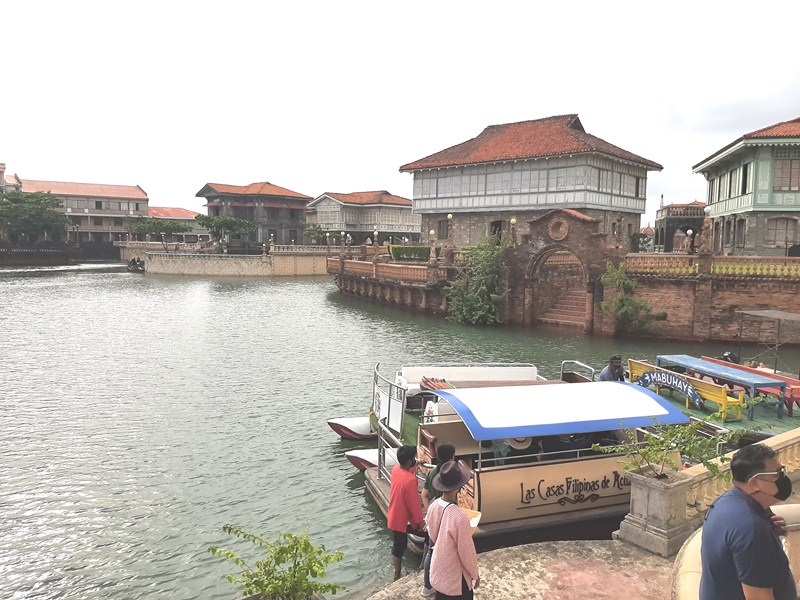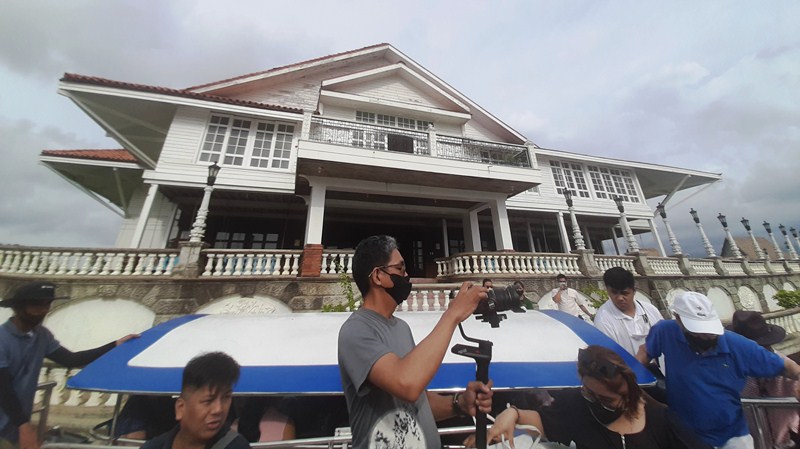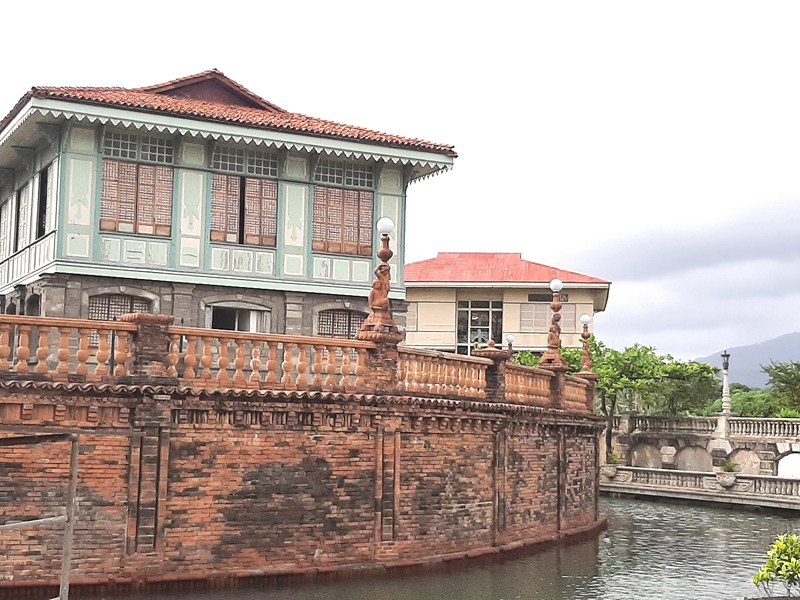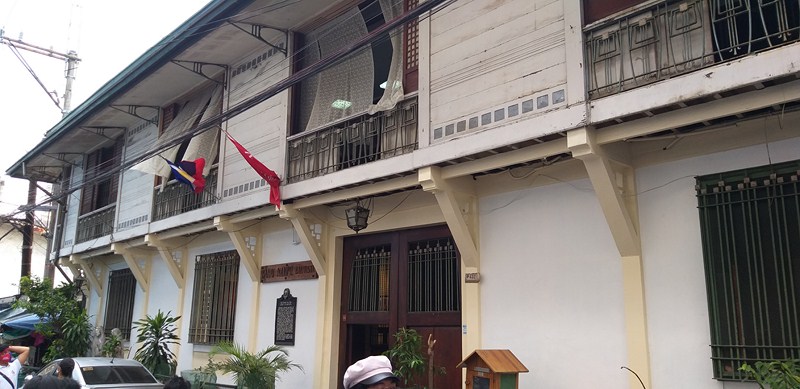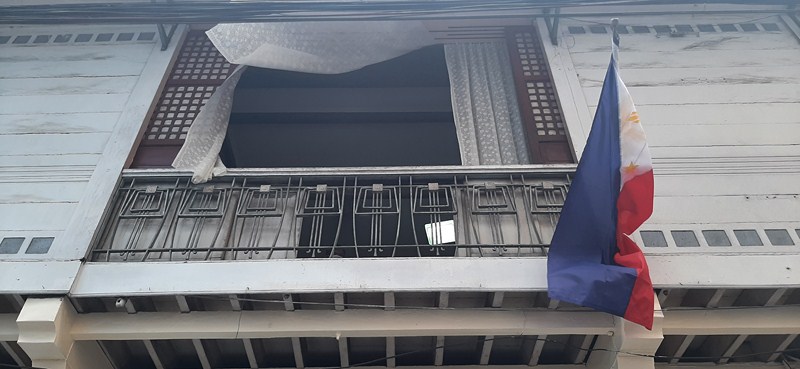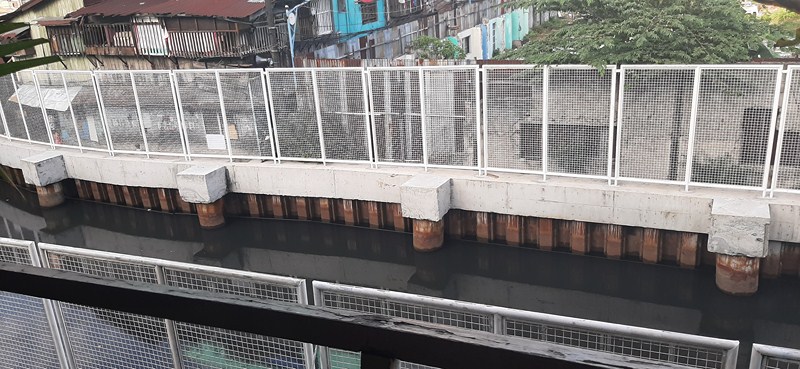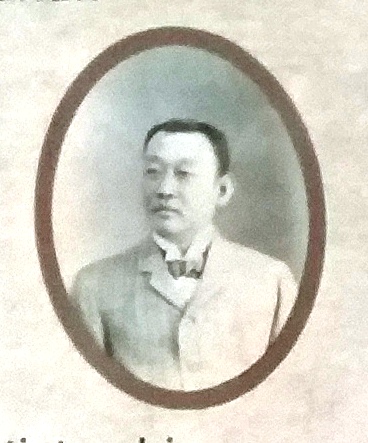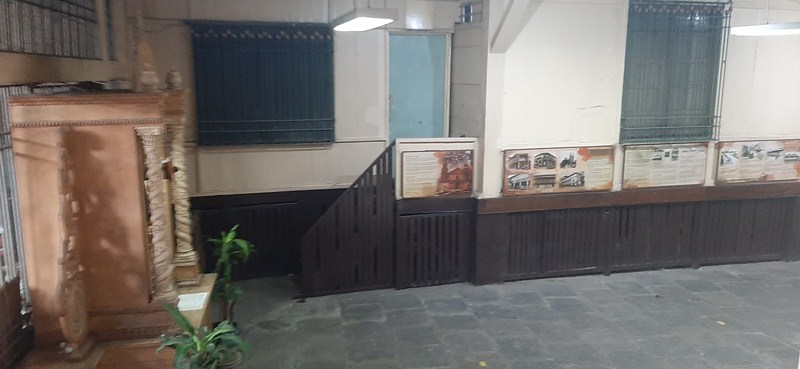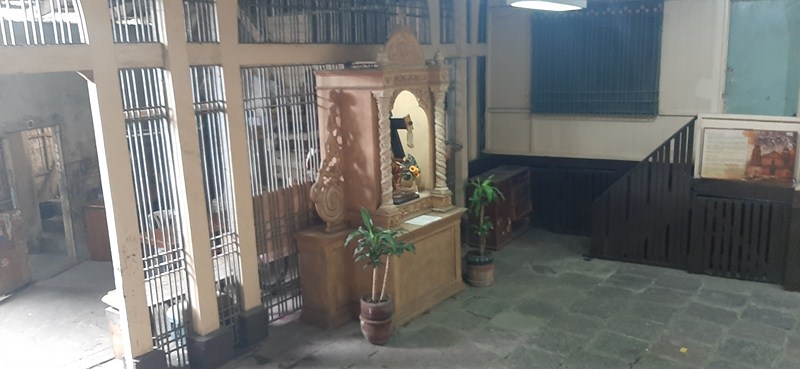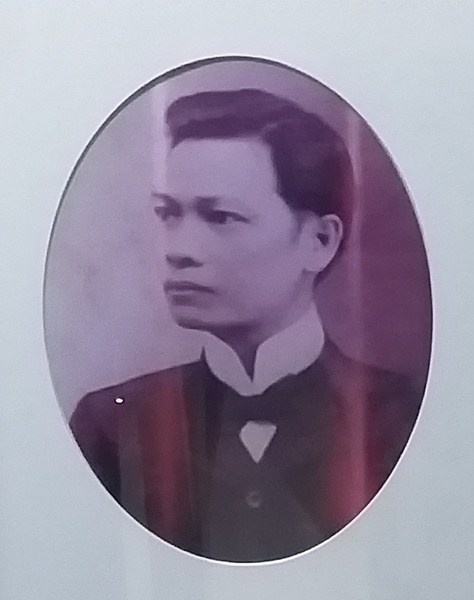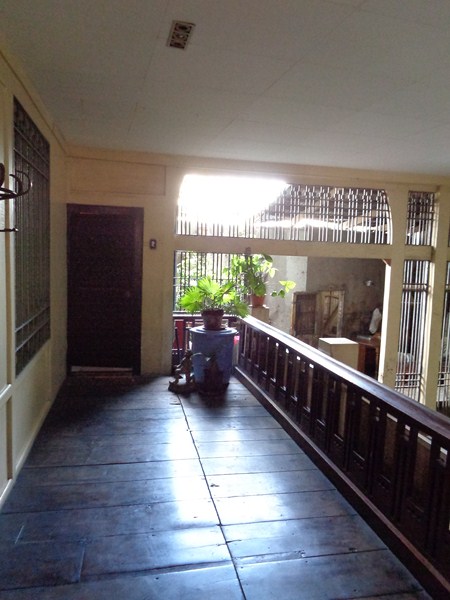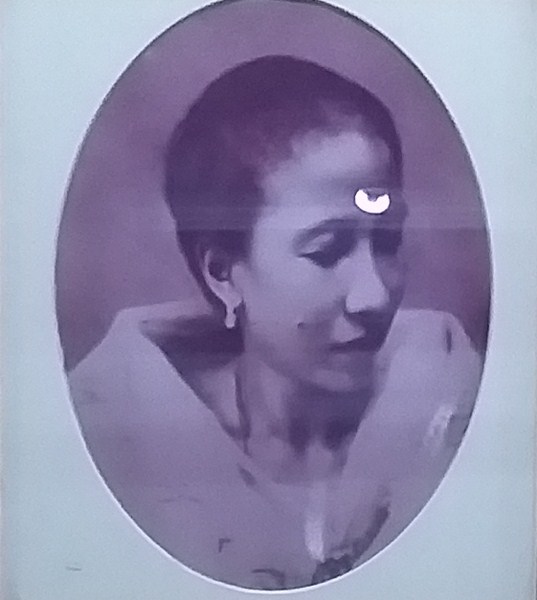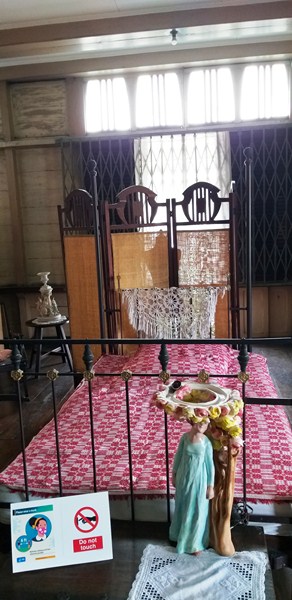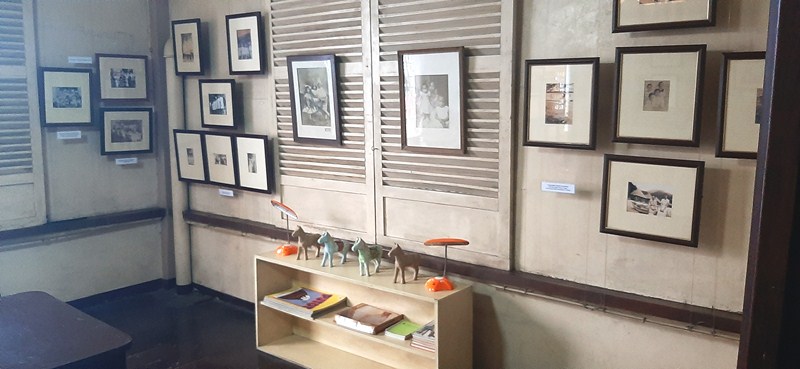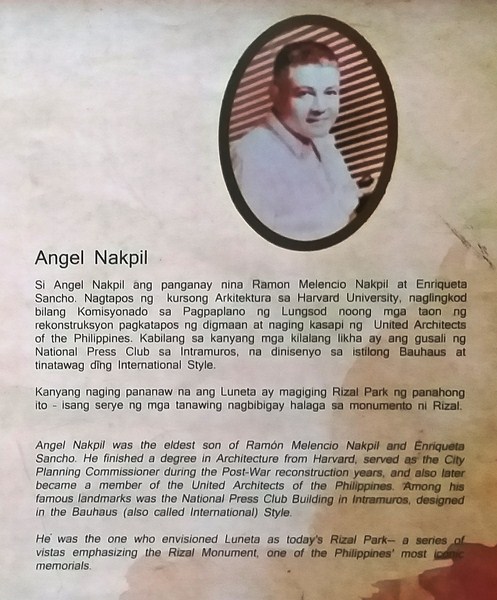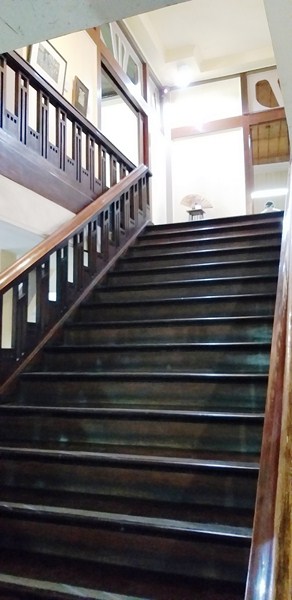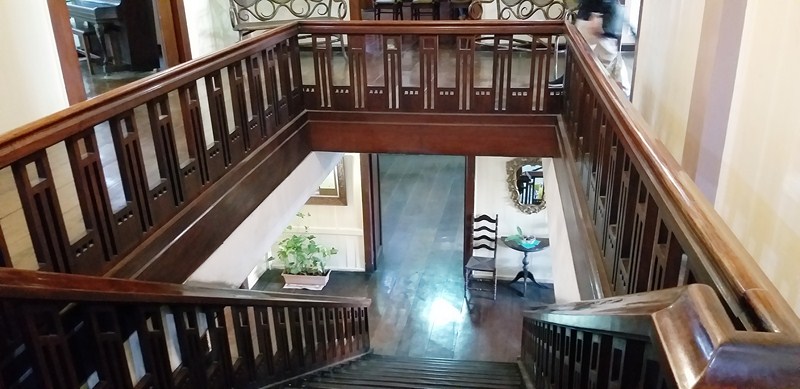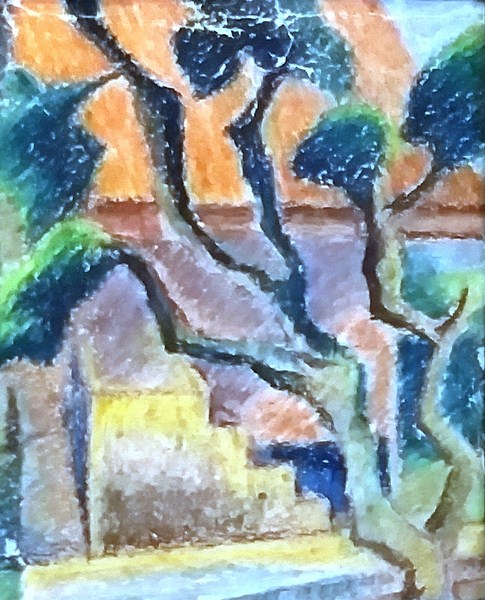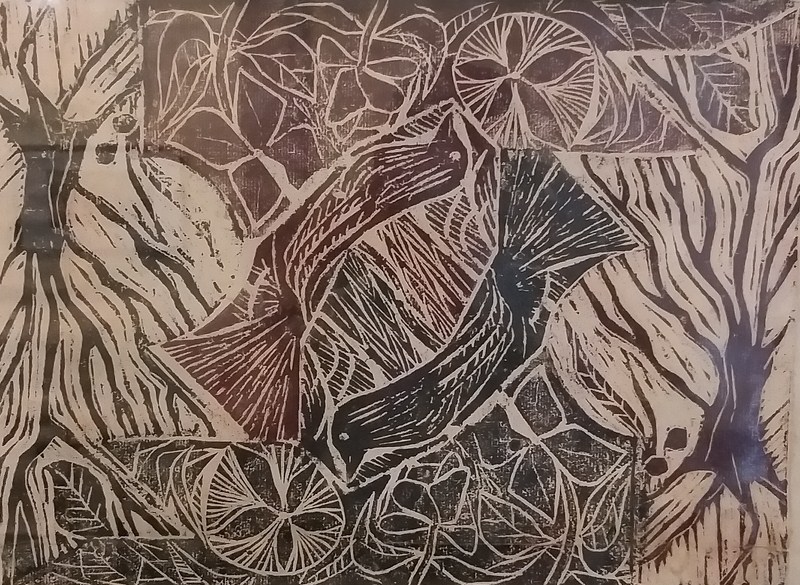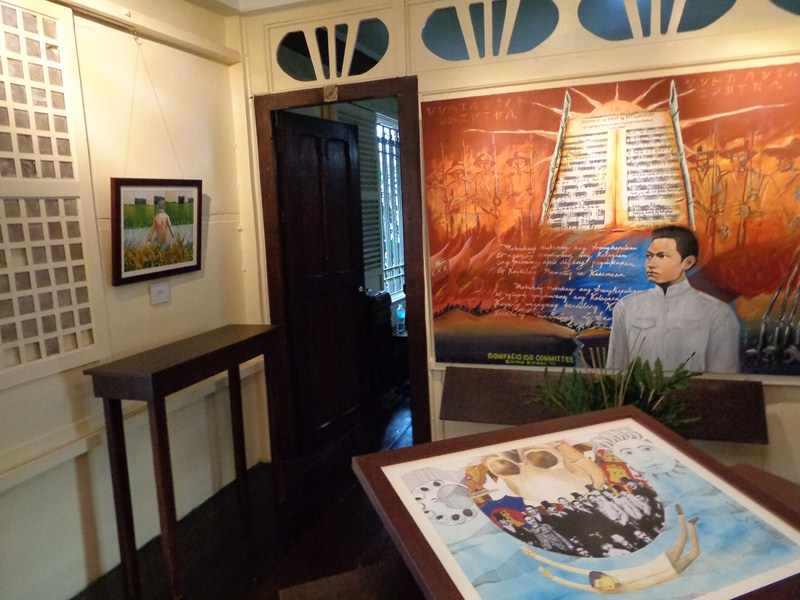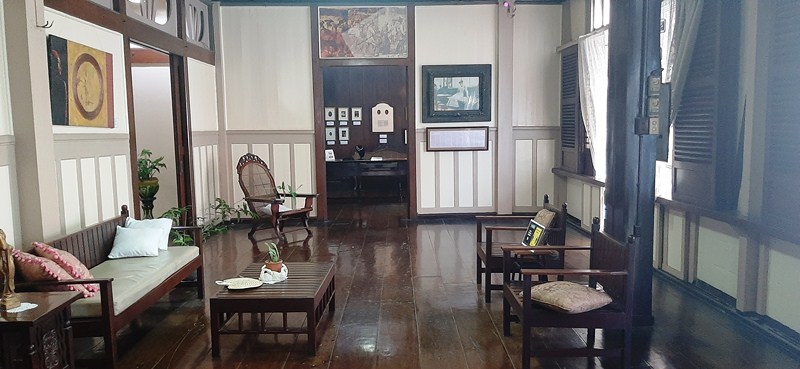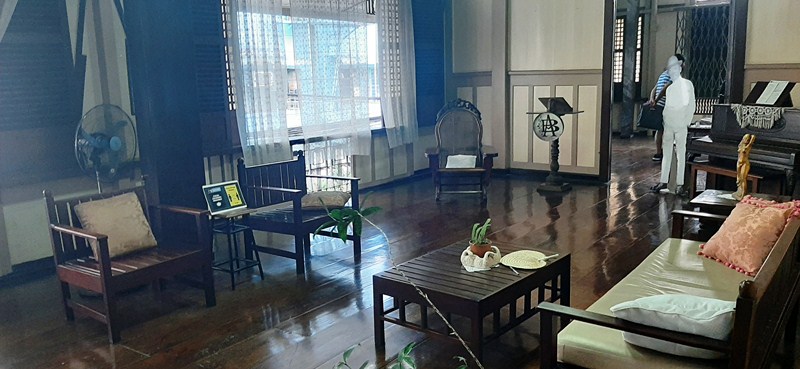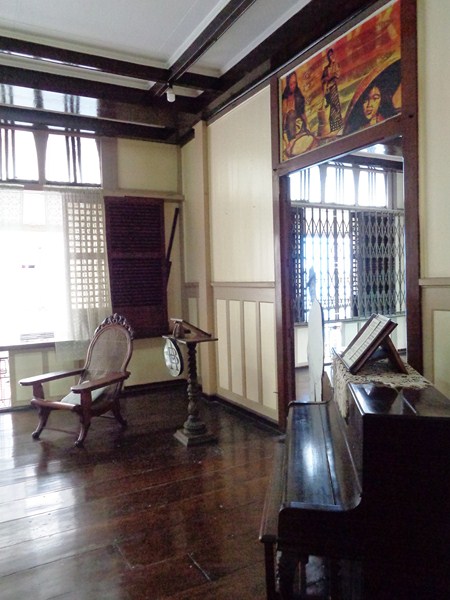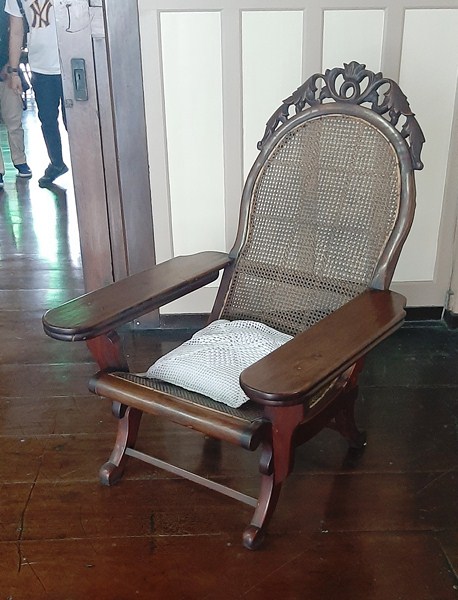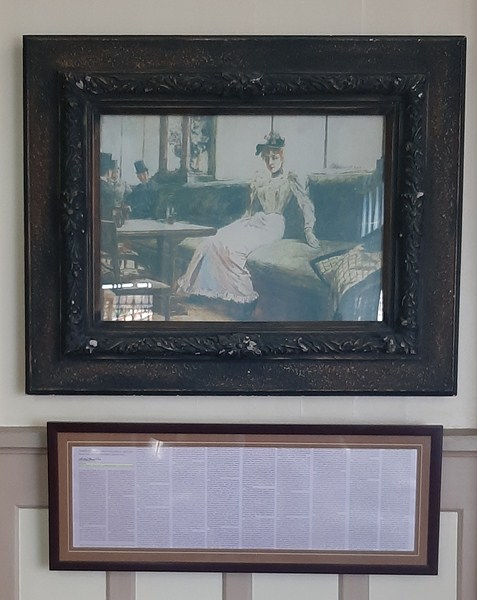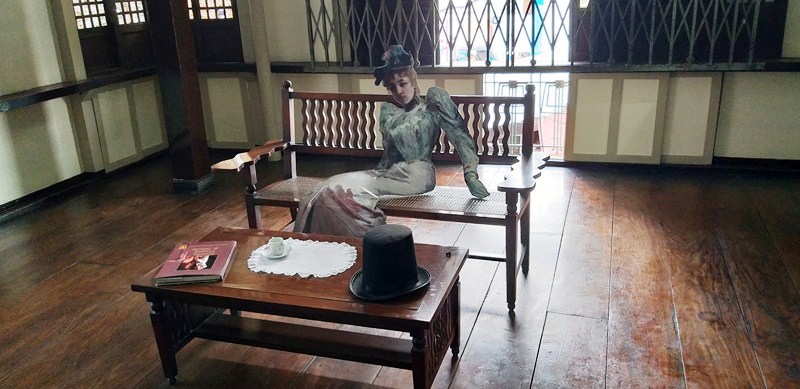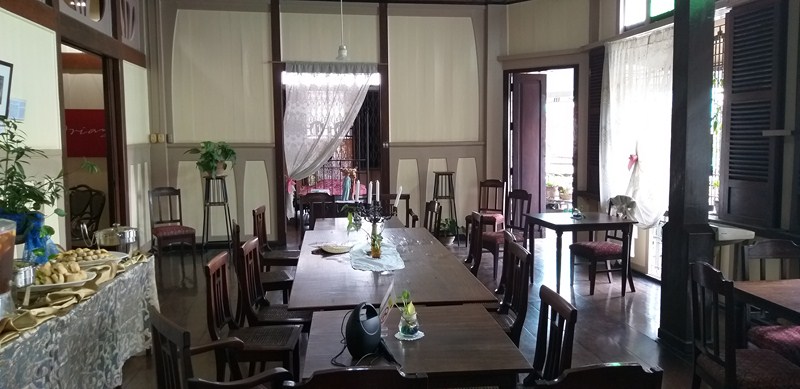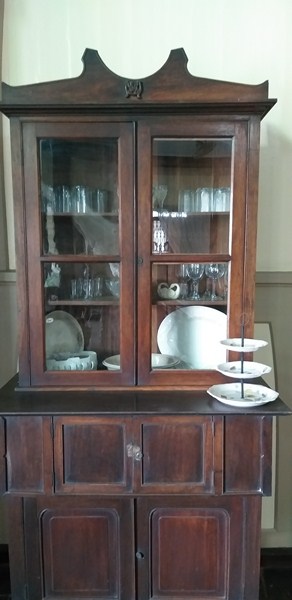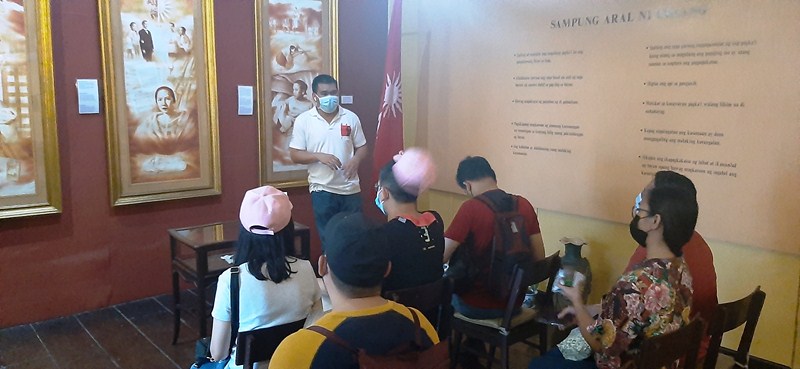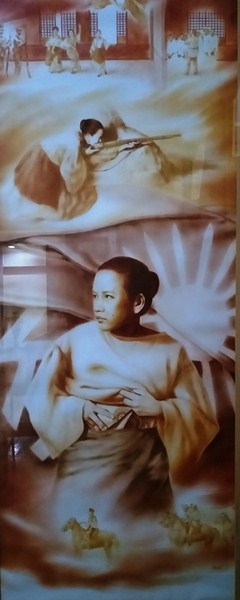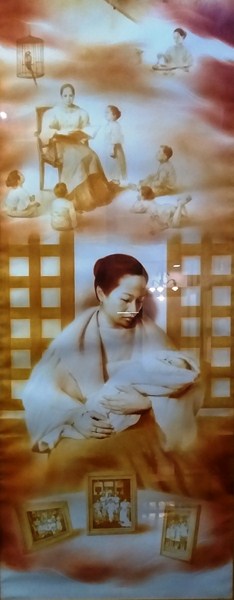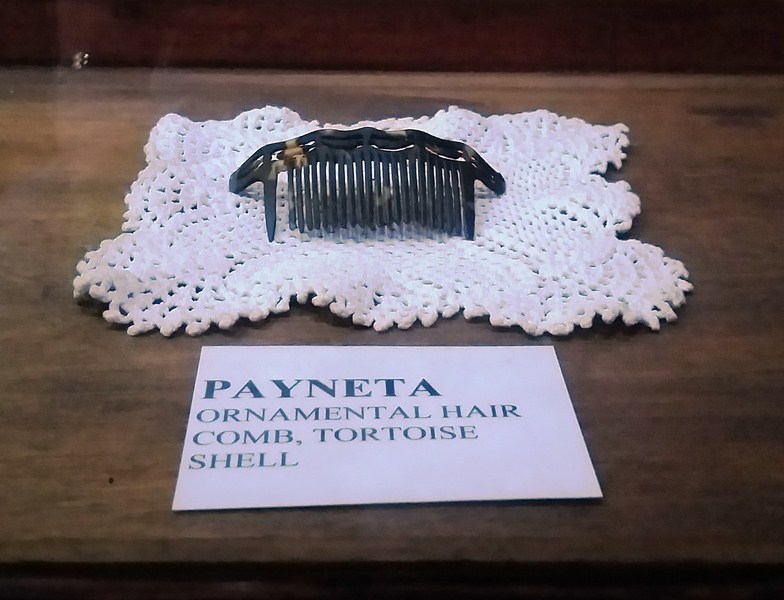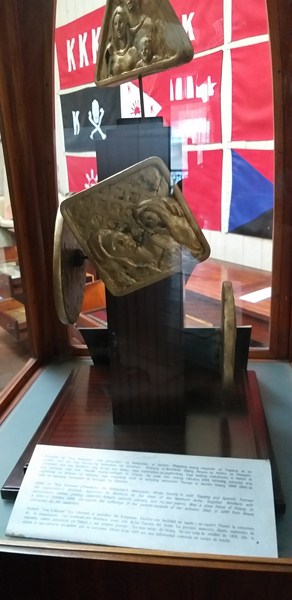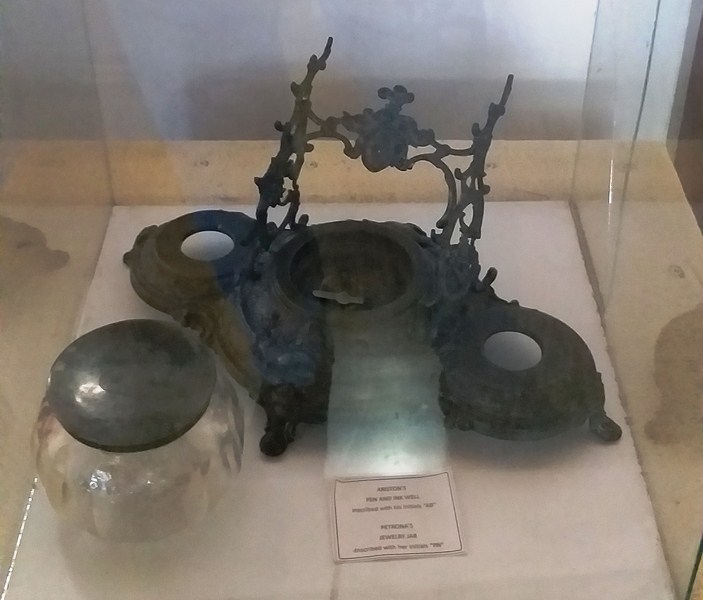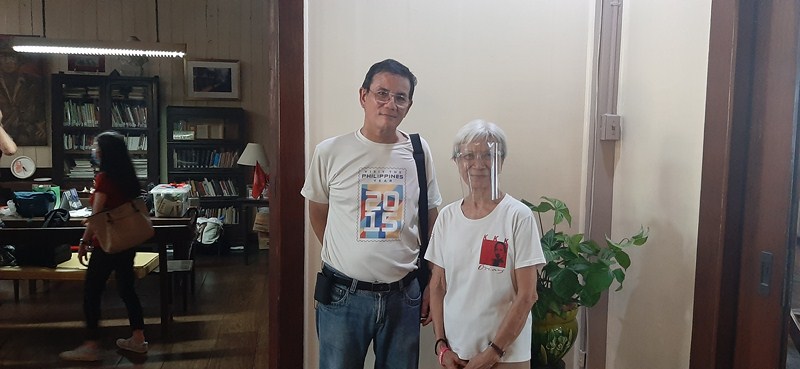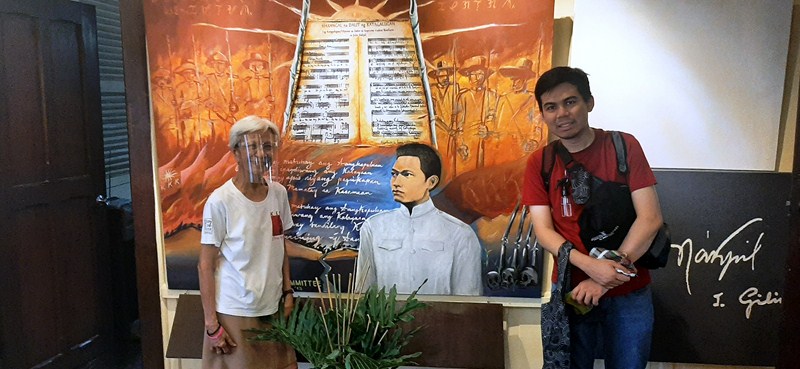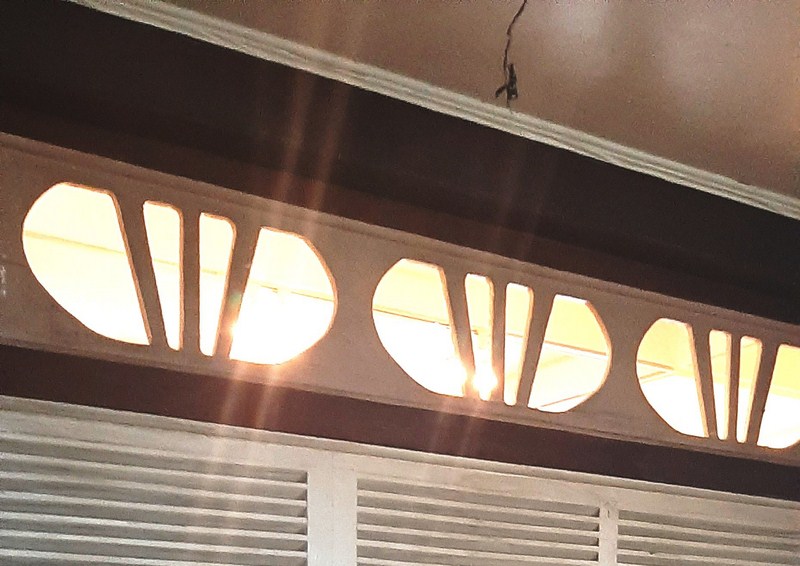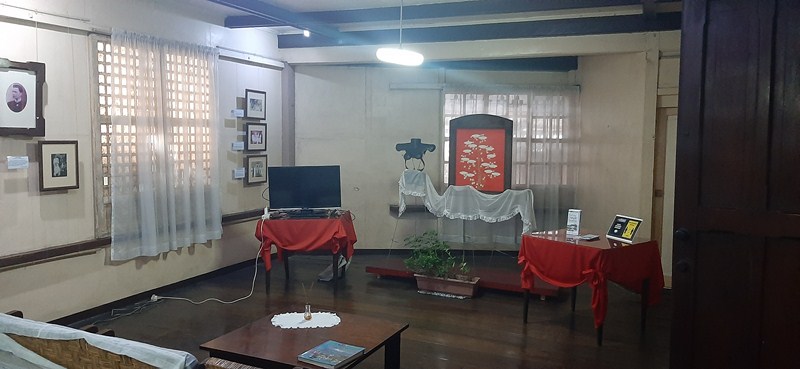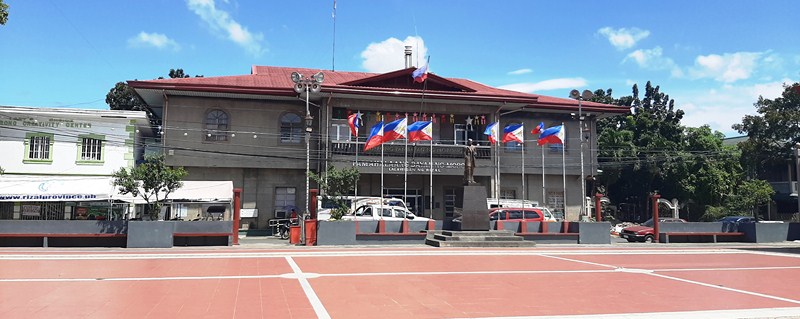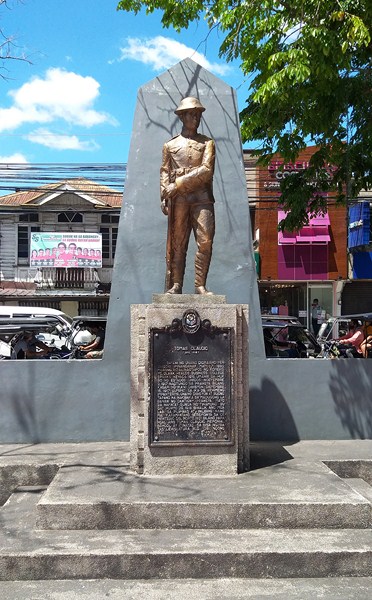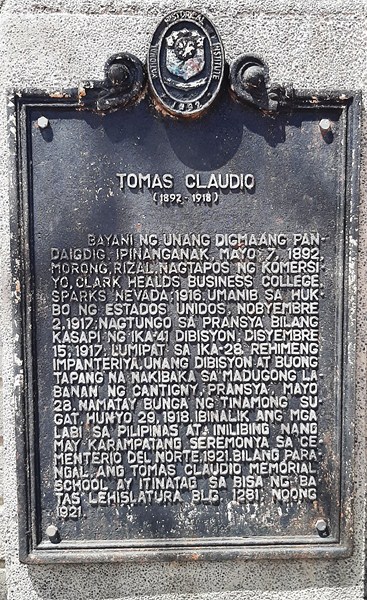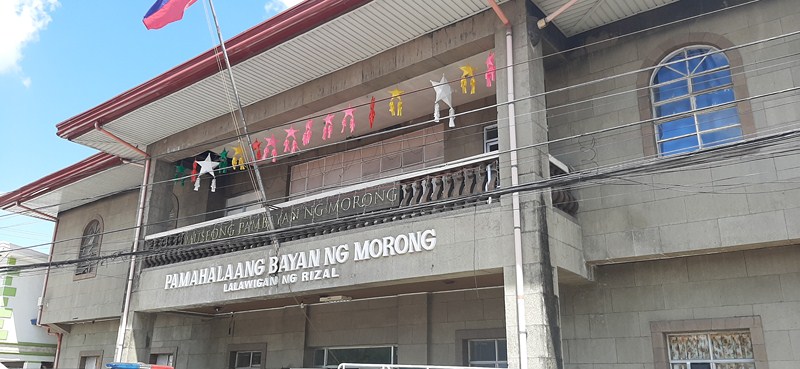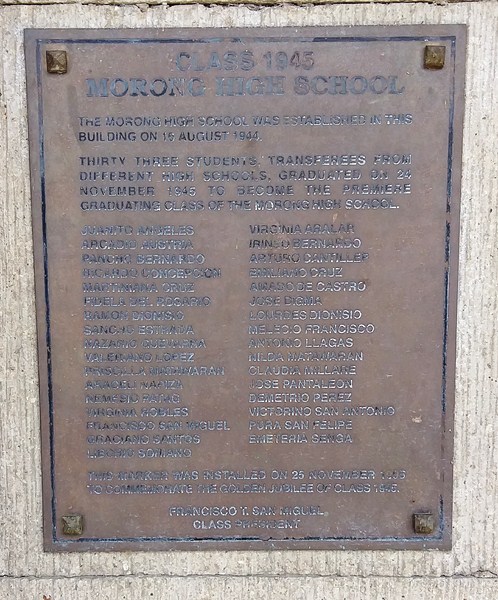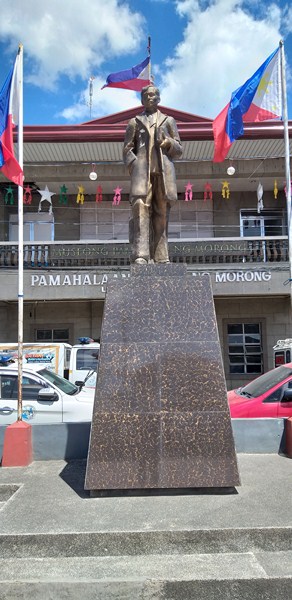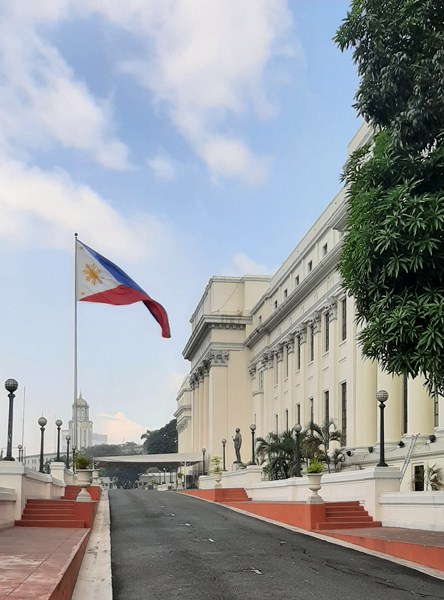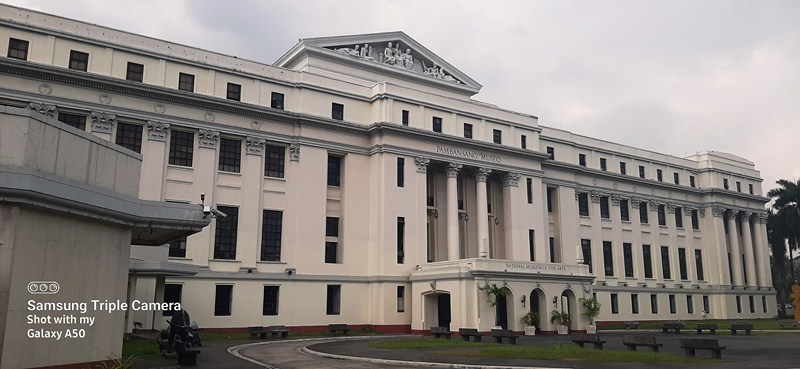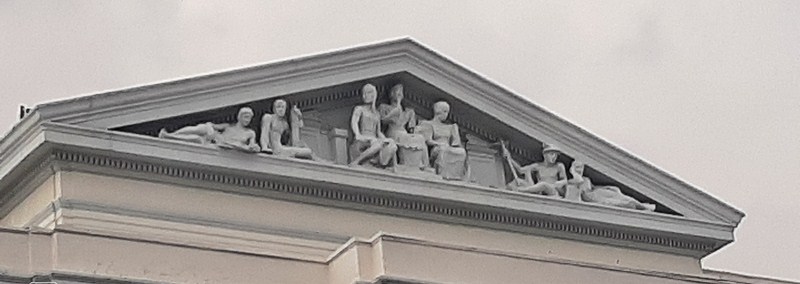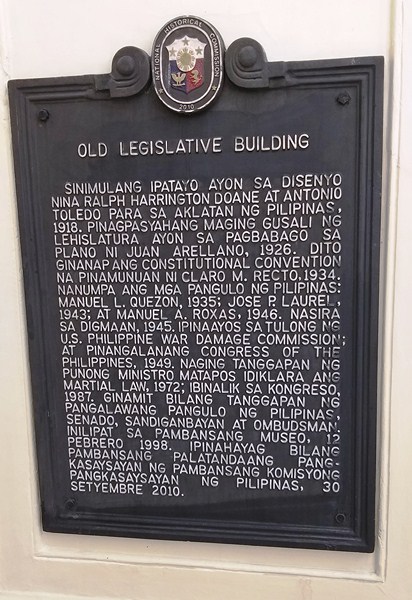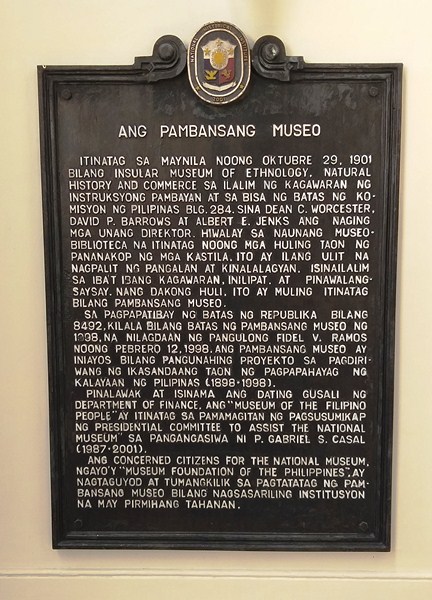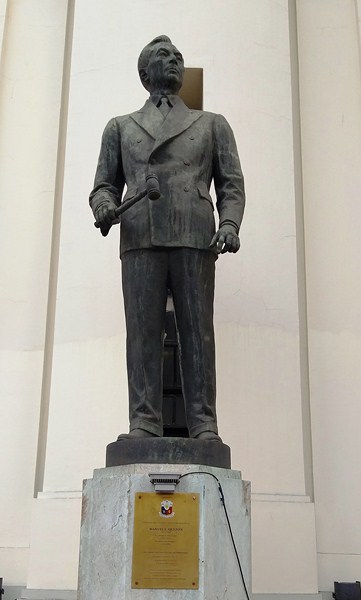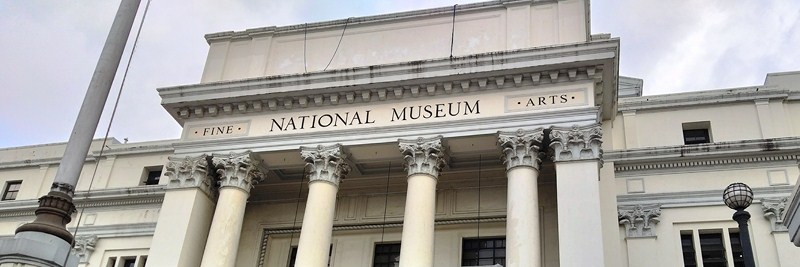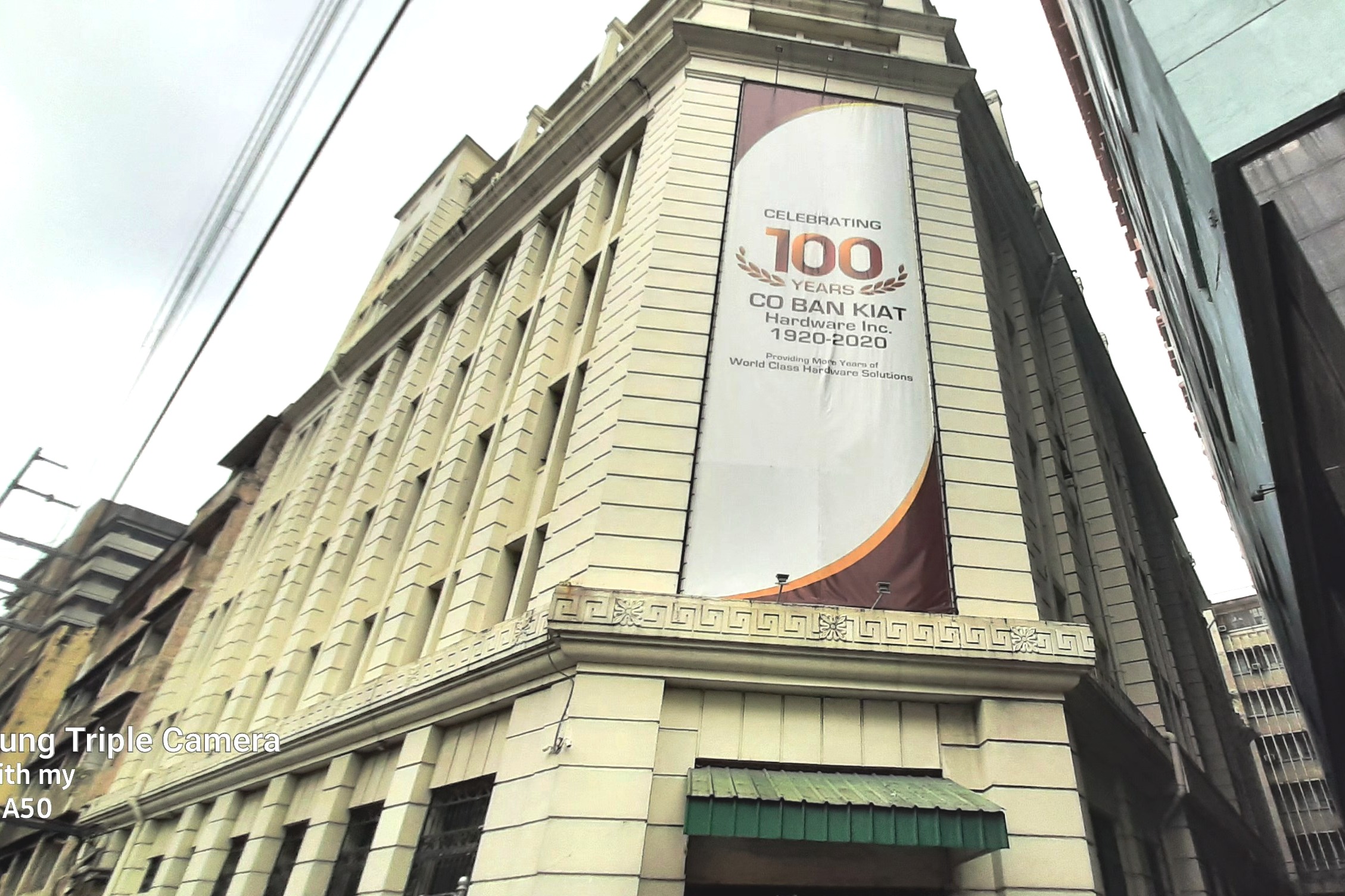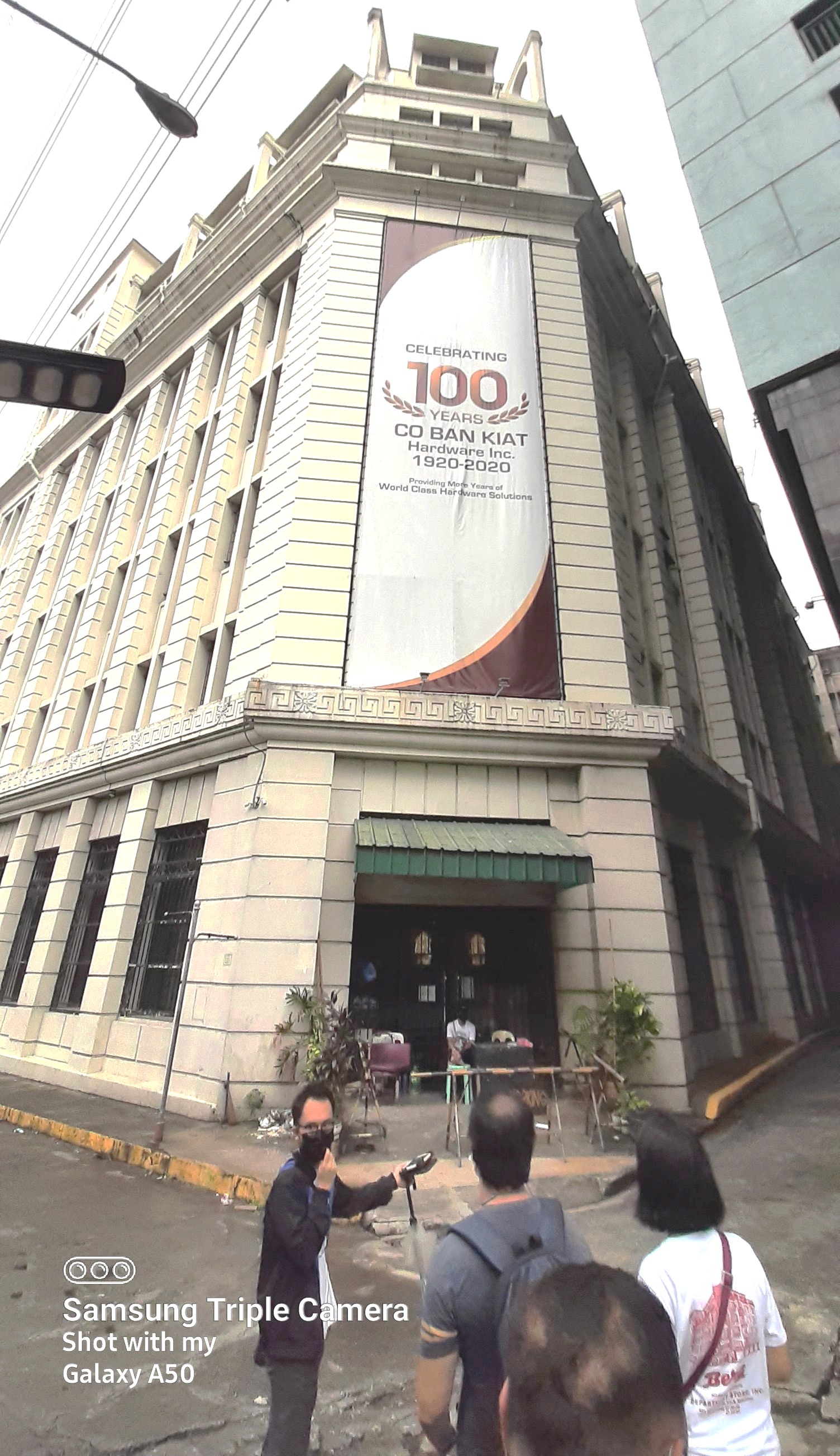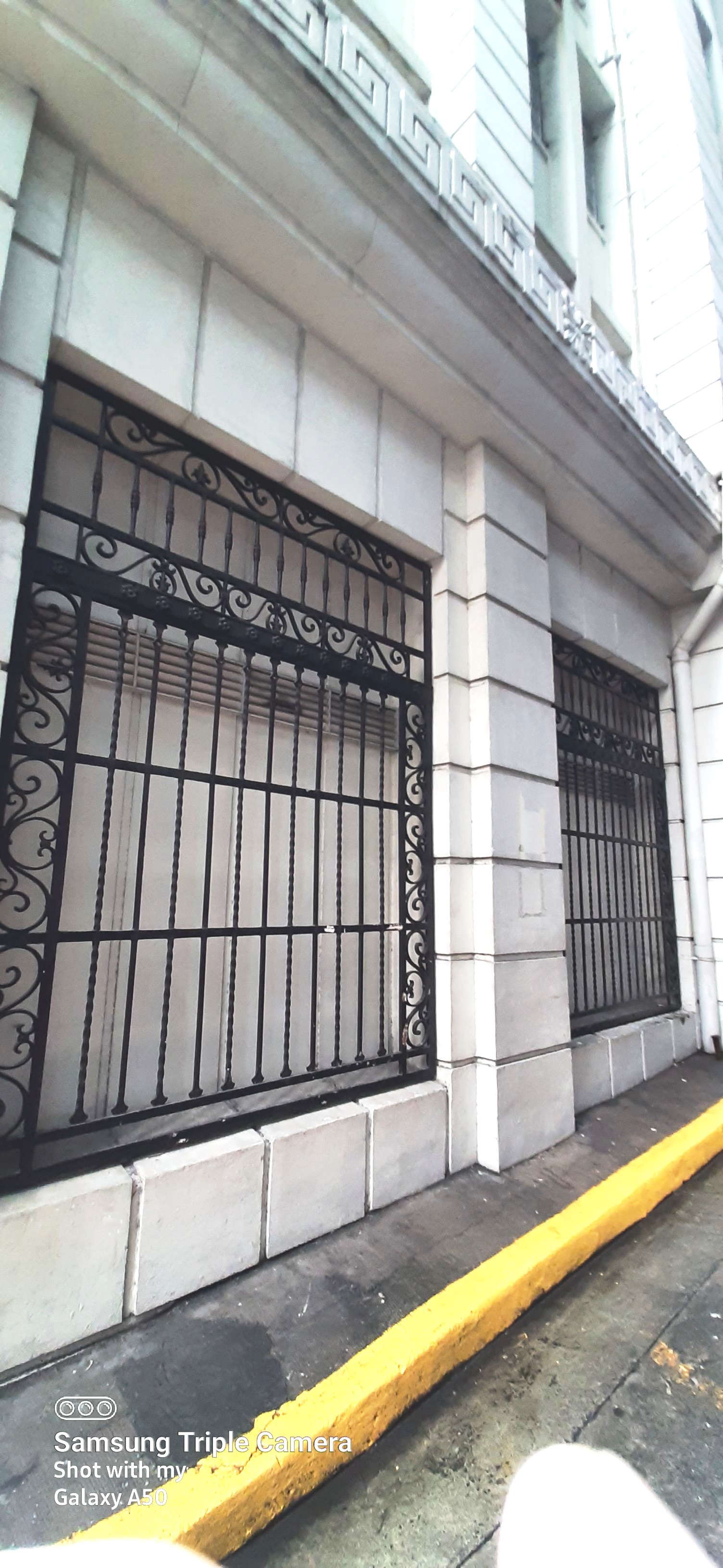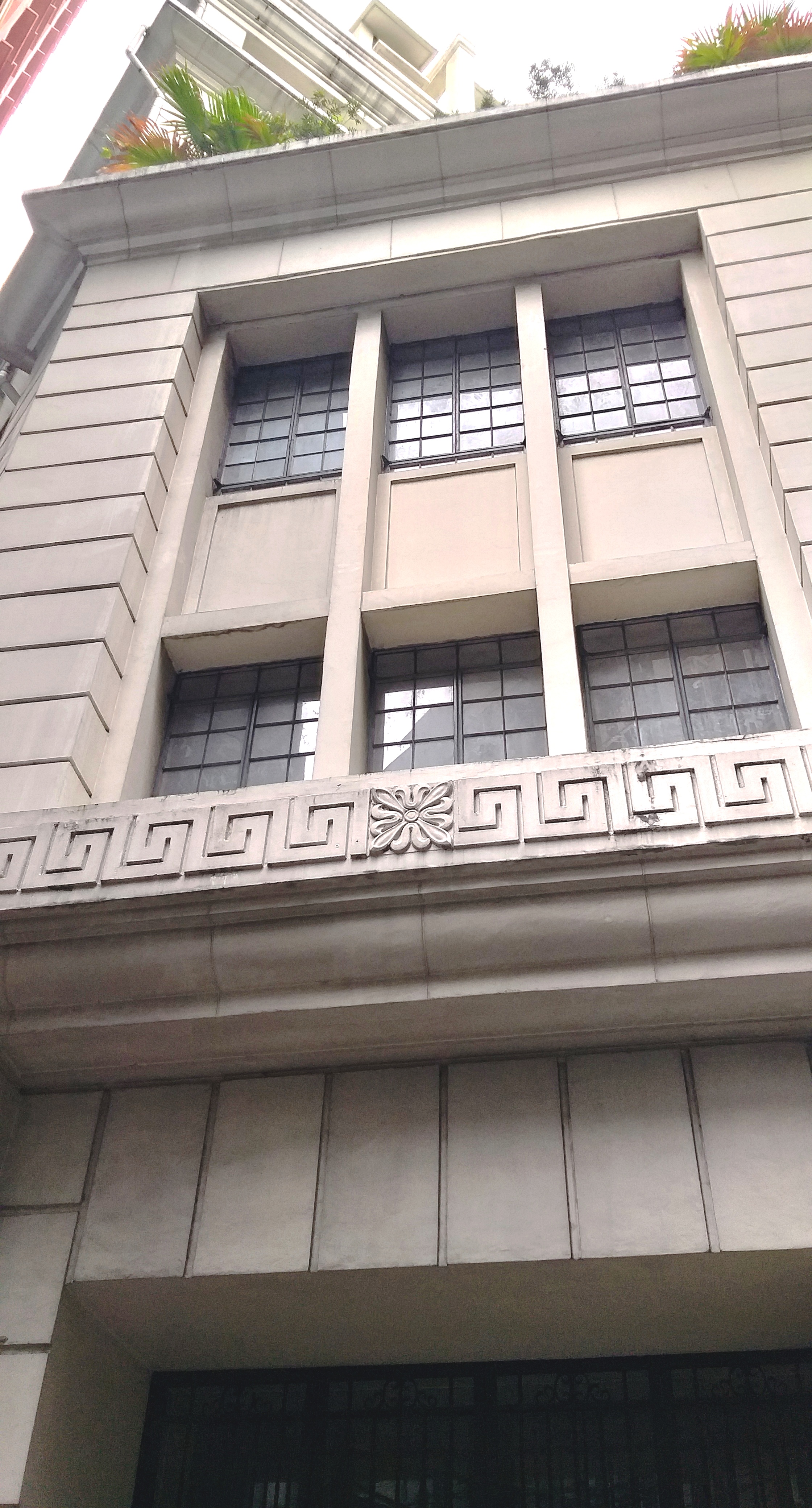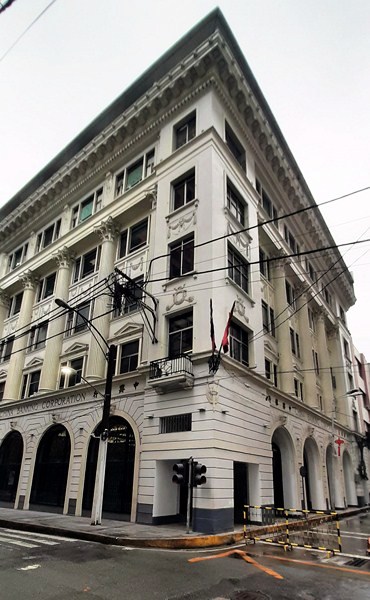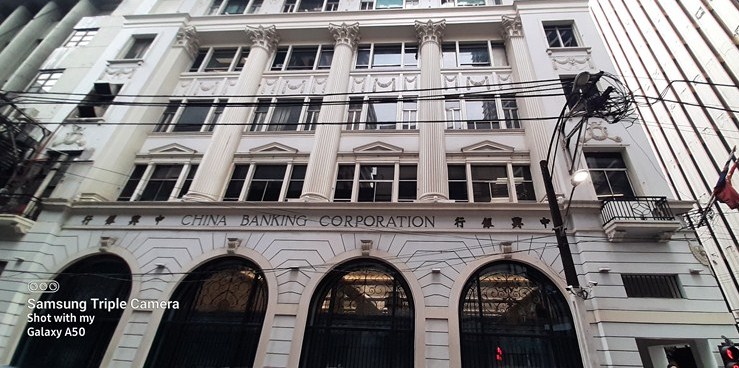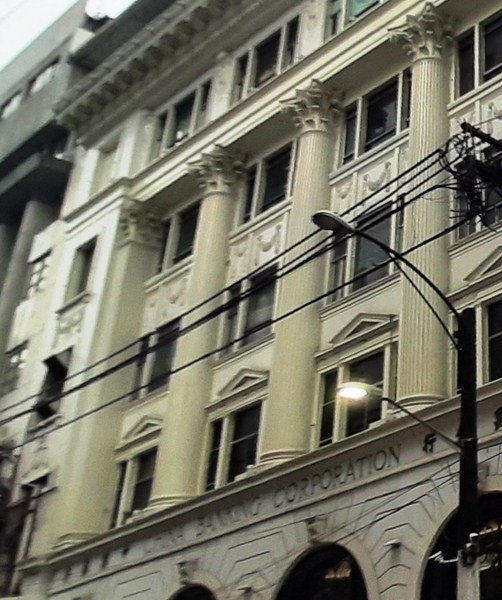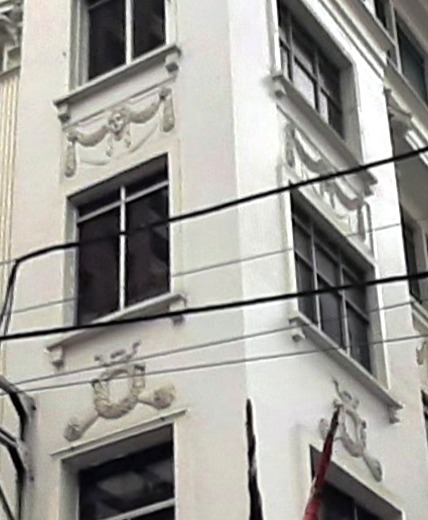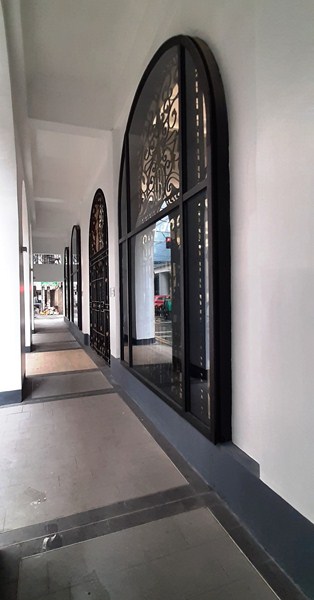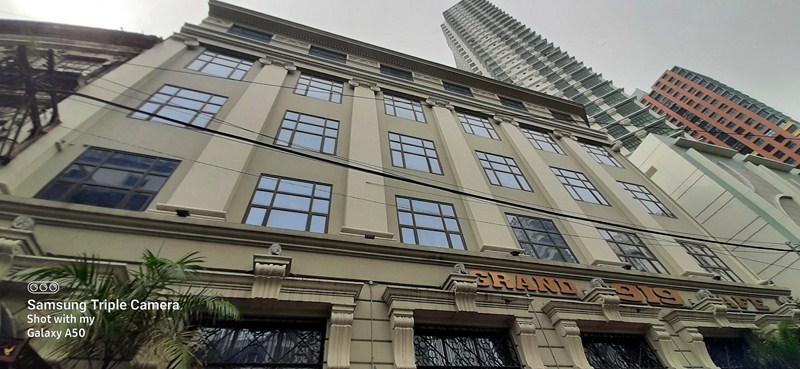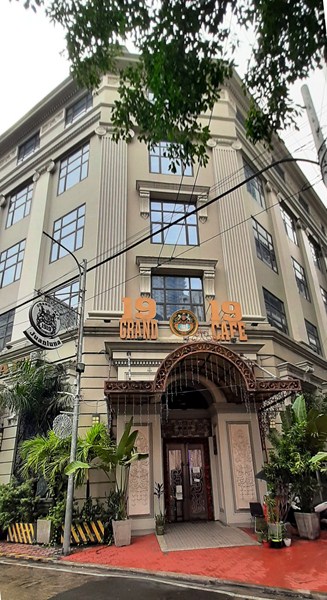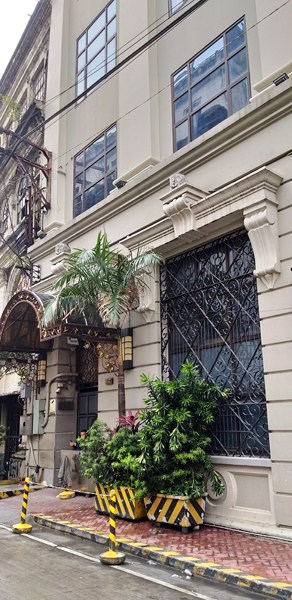The Laperal White House, also known as Laperal Guesthouse, is known today as the “White House” due to its noticeable white exterior paint. It was built by Filipino businessman Roberto Laperal, Sr. (1890-1966, he also built the Arlegui Guest House in 1929) in the 1930s. He and his wife Victorina (nee Guizon) Laperal made the house as their summer vacation home.
The narrow and elongated house, made with narra and yakal wood, was designed in Victorian style with its wooden planks and gables and steep roof. Inside are four rooms and a narrow, winding staircase. The house withstood many natural and man-made disasters, such as the July 16, 1990 Luzon earthquake.
In 2007, the house was sold, by Roberto Laperal Jr. and his wife, Purificacion Manotok Laperal, to Chinese Filipino billionaire tycoon Lucio Tan who had it renovated and refurbished, with proper maintenance, then made it into a tourist attraction. From then on, the house was opened to the public.
In 2013, the tycoon’s Tan Yan Kee Foundation transformed the ground floor of the house into a Philippine Bamboo Foundation (PBFI) museum (Ifugao Bamboo Carving Gallery) which houses Filipino artworks made of bamboo and wood. Today, it is the home of a new, upscale fine-dining restaurant called Joseph’s (owned by the older brother of ABS-CBN News broadcast journalist, Bernadette Sembrano) which was opened in December 2022 and serves Continental and contemporary French cuisine.
According to believers, the house is haunted, with stories of sightings of a little girl (said to be the three-and-a-half year old child of the owner who was killed while running, across the street, towards her nanny) standing motionless on the third step of the staircase fronting the house; a woman (said to be the nanny who killed herself in one of the bedrooms) looking out the third floor glass windows; and a white figure coming down, from the attic, down to the front entrance.
During World War II, the basement of the house was used by the Japanese as a garrison where, if stories are to believed, many were brutally tortured and executed, including members of the Laperal family. Don Roberto survived the war but accidentally slipped, and fell to his death, from the stairs in front of the house. He, as well as ghosts of family members, the torture and execution victims, as well as Japanese soldiers (seen in the upper bedrooms), still haunt the house. These spirits are believed to violently push and scratch visitors to the place.
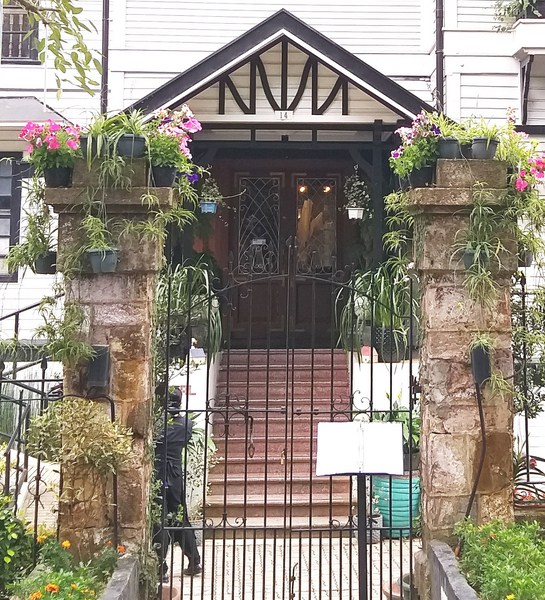
The front porch of the house. Don Roberto died here and the ghost of a little girl also appears here
Lucio Tan never stayed in the place during his trips to Baguio. The 2010 horror movie White House, starring Gabby Concepcion, Lovi Poe, Iza Calzado and Maricar Reyes, was shot inside the building.
Laperal White House: 14 Leonard Wood Rd., Baguio City, 2600 Benguet. Coordinates: 16°24′40″N 120°36′17″E.



